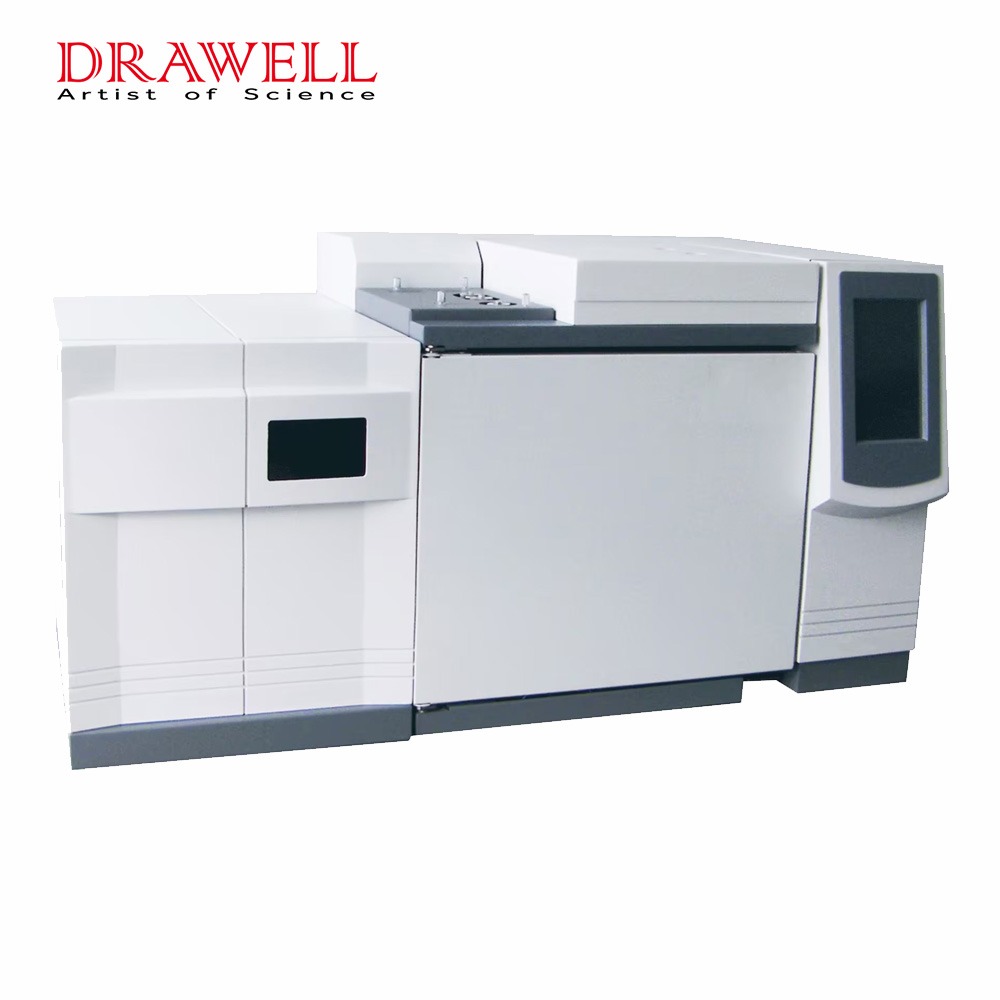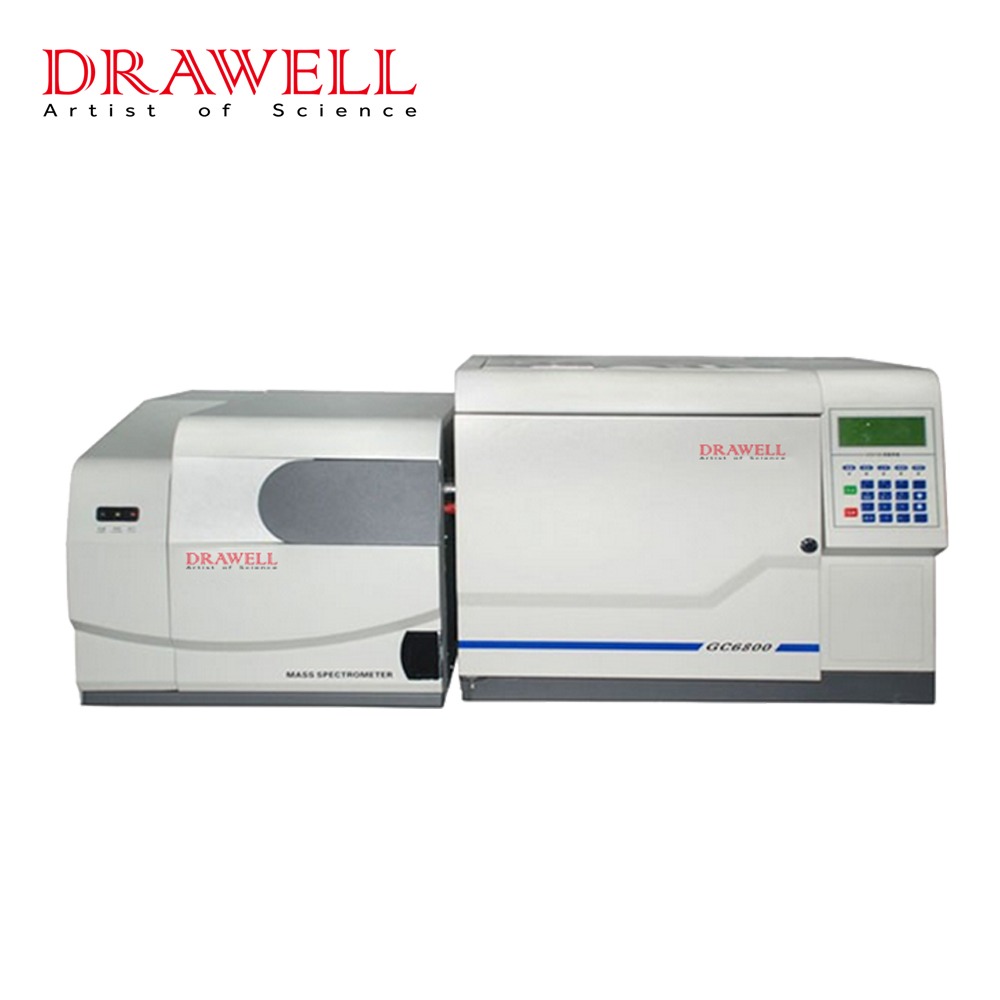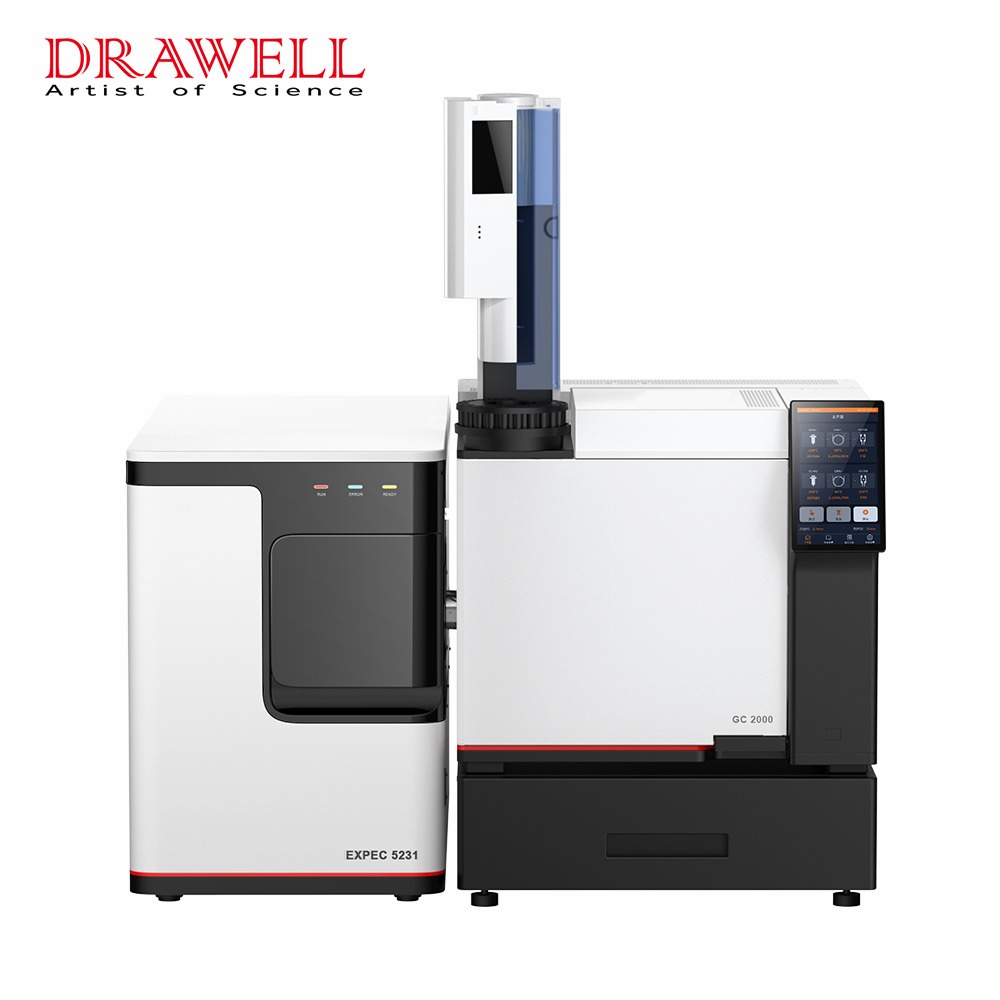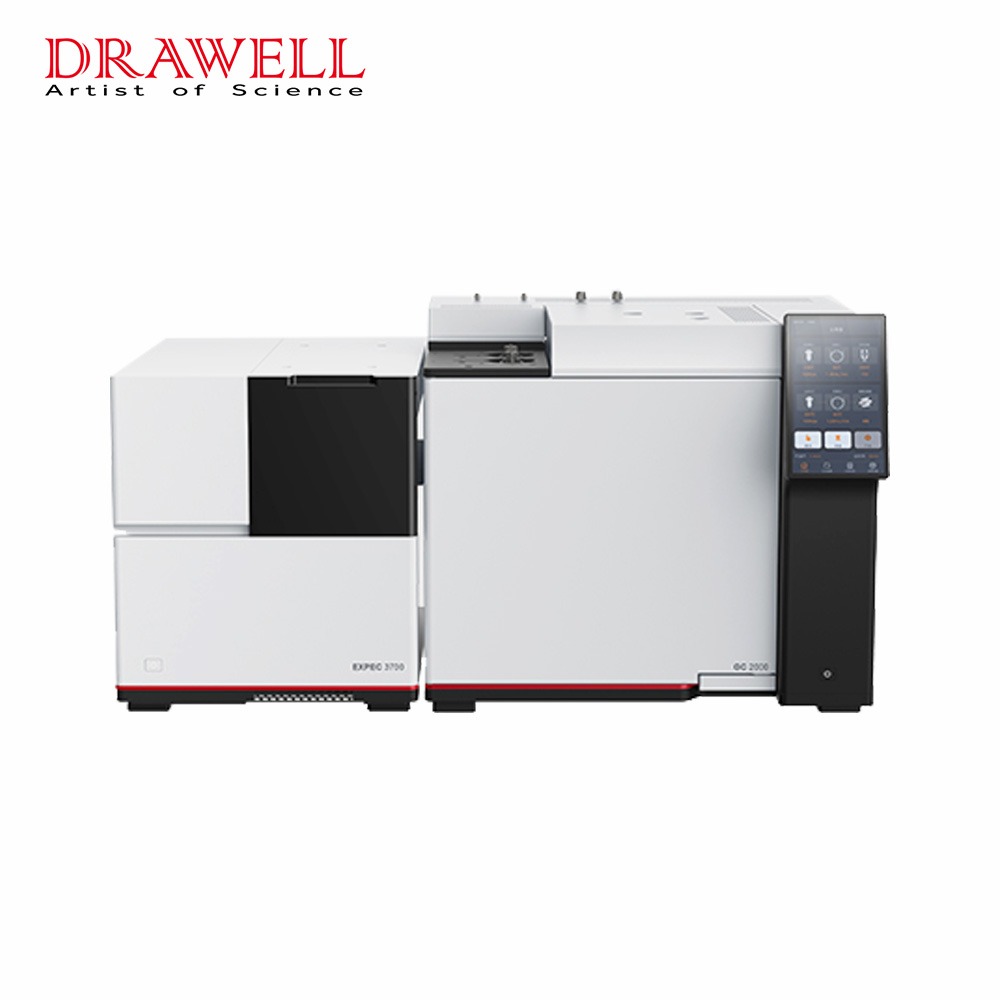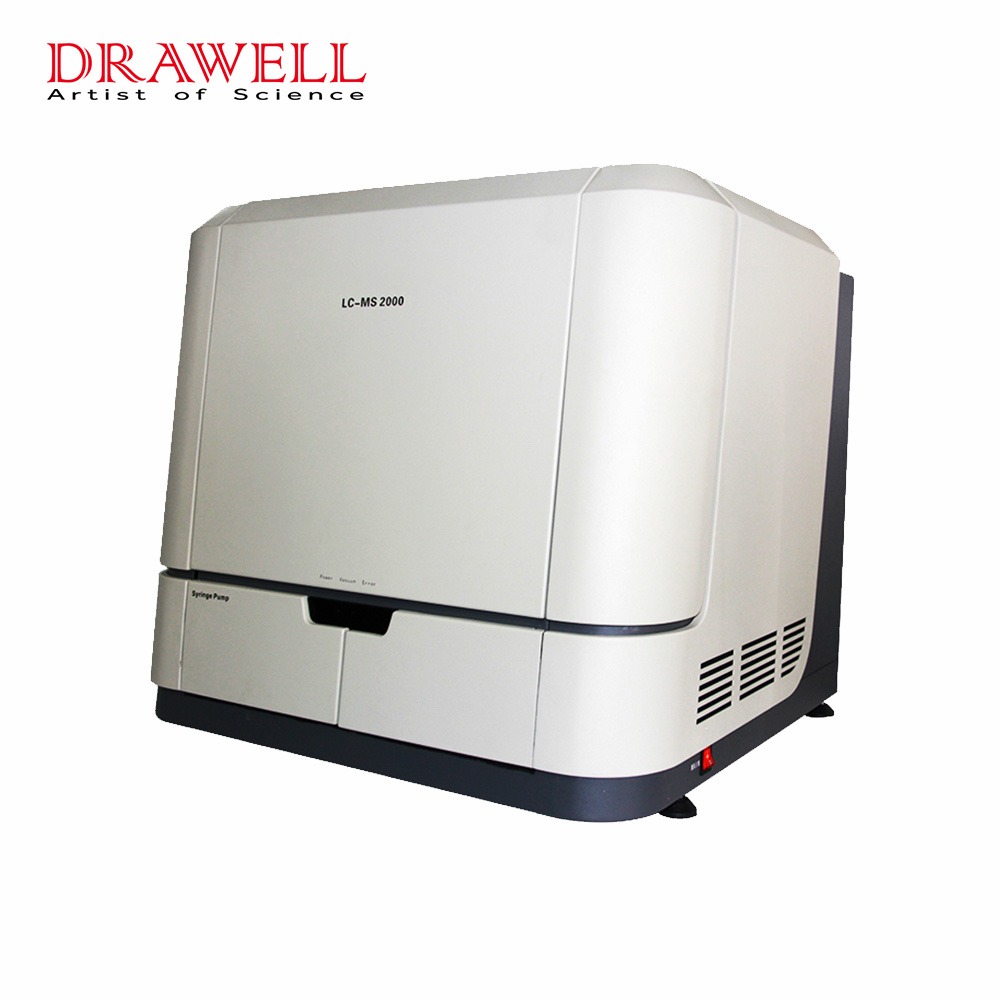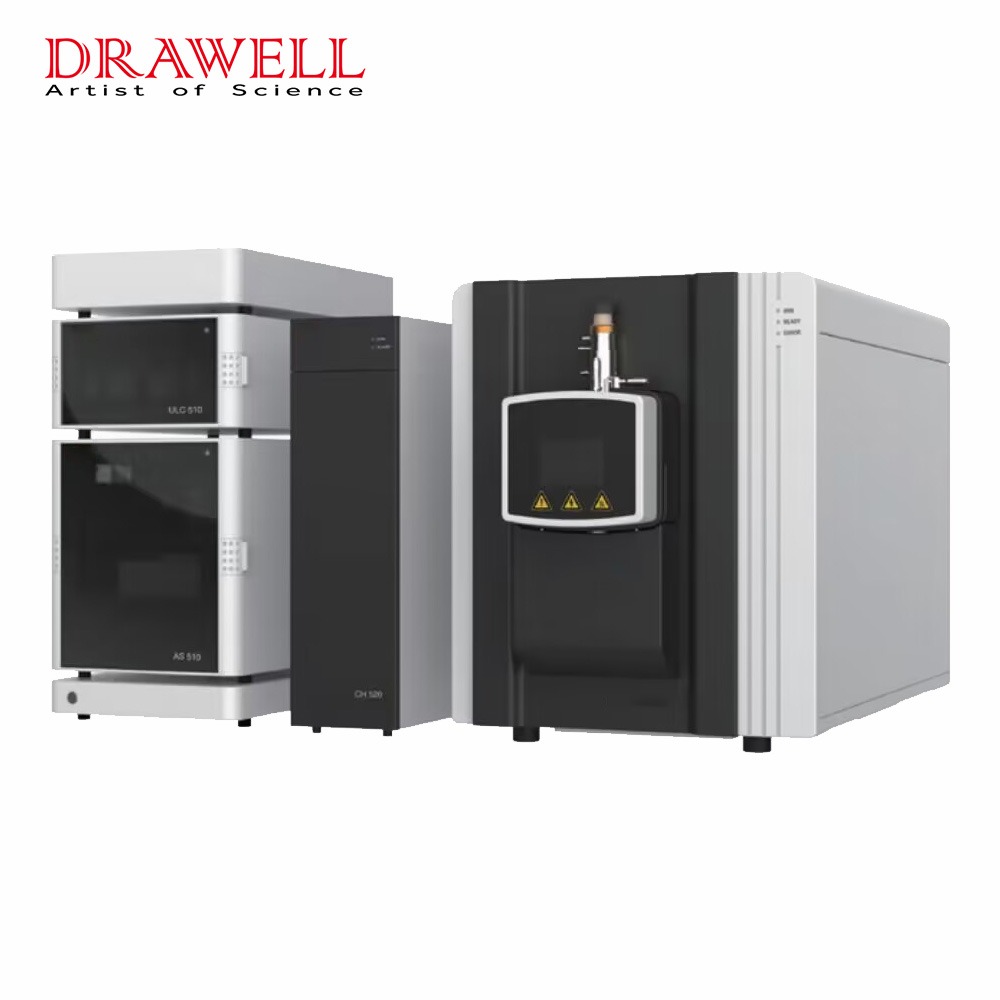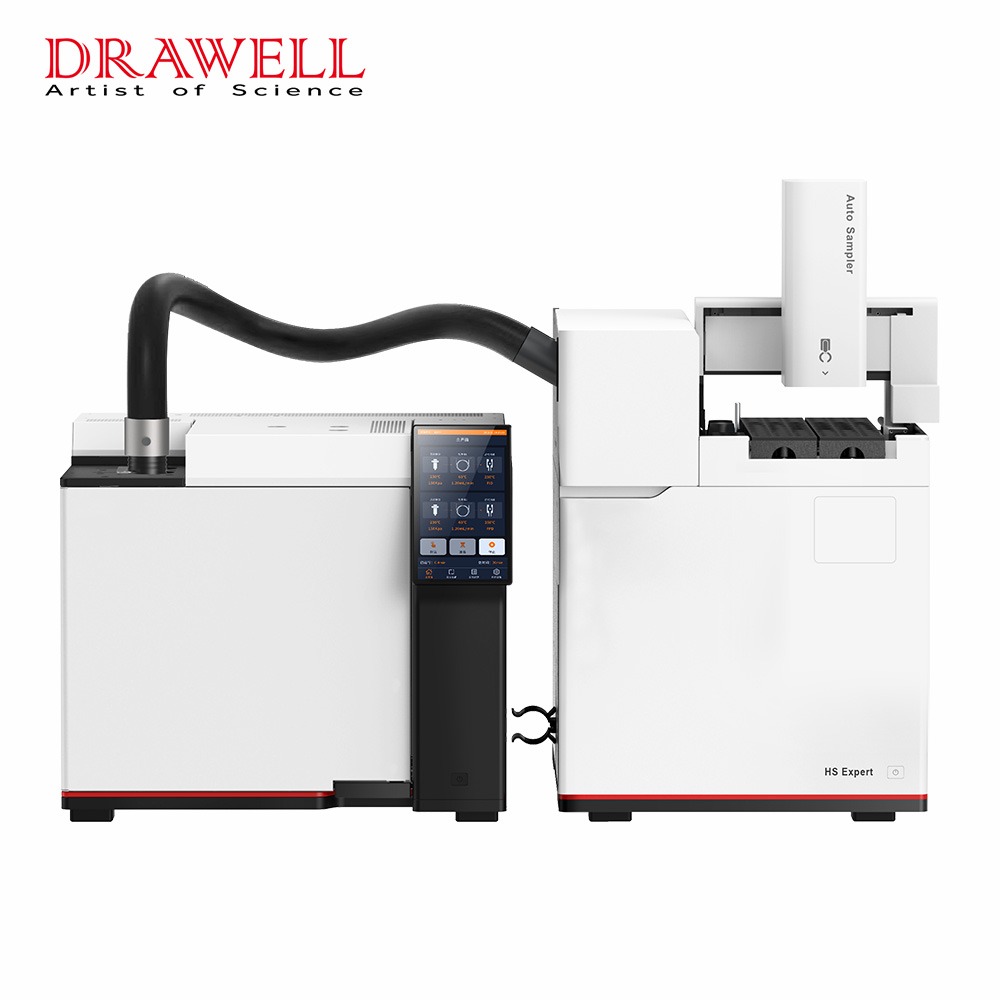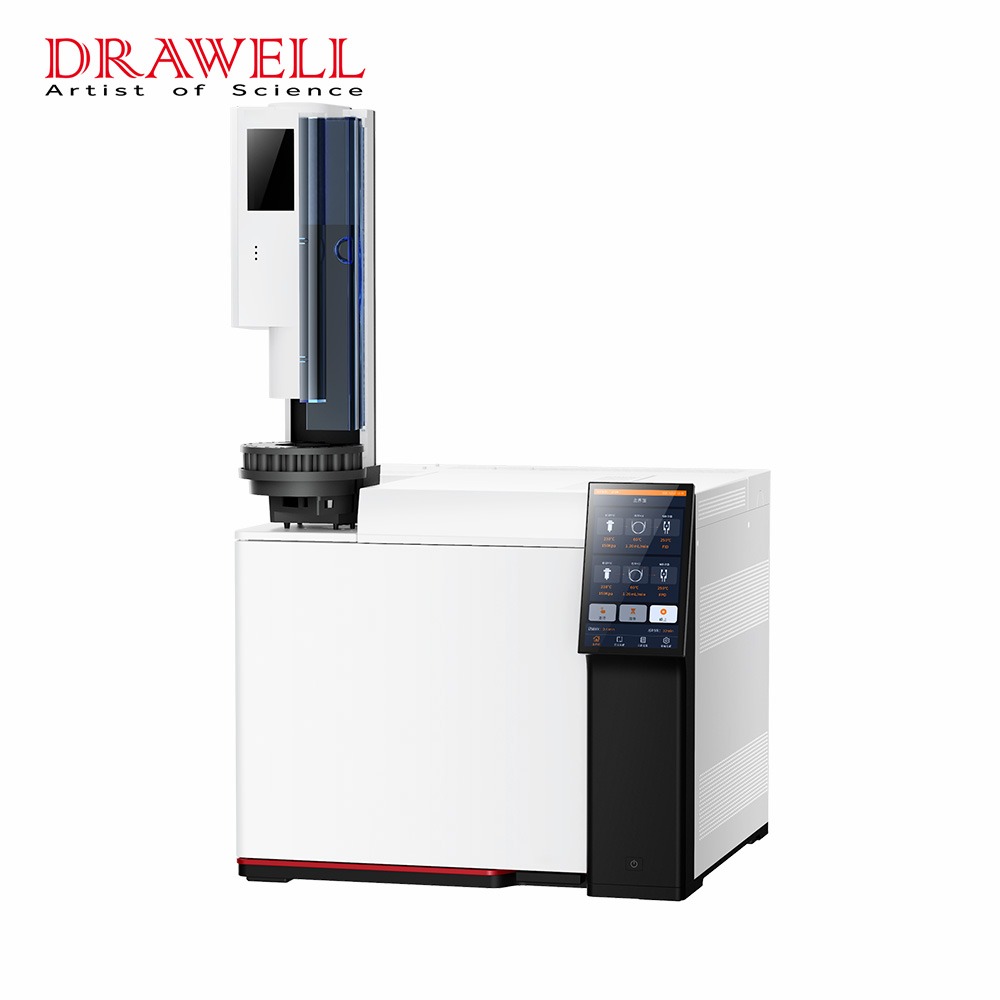GCMS (Gas Chromatograph and Mass Spectrometry) is widely used in the separation and identification of complex components, which has a high resolution of GC and the high sensitivity of mass spectrometry. GCMS is mainly composed of the following parts: chromatographic, gas interface, mass spectrometer part (ion source, mass analyzer, detector), and data processing system.

Gas-mass spectrometry (GCMS) is widely used in the separation and identification of complex components, which has a high resolution of GC and the high sensitivity of mass spectrometry. GCMS can quickly obtain molecular weight information for synthetic compounds without sample preparation.
Composition and basic principles of gas-mass spectrometry (GC/MS)
Mass Spectrometry (MS), that is, mass spectrometry, the molecules of matter form charged particles through physical or chemical reactions under a high vacuum, and some of the charged particles can be further broken up. The mass-to-charge ratio of each ion is called the mass-to-charge ratio (m/z, formerly m/e). After the ions with different mass-to-charge ratios are separated one by one by the mass separator, the mass-to-charge ratio and relative intensity of each ion are measured by the detector, and the obtained spectrum is called a mass spectrum.
Mass spectrometry is an analytical method that ionizes analytes, then separates them according to the mass-to-charge ratio of the ions, and achieves the purpose of analysis by measuring the peak intensity of the ions. High-performance gas chromatography pyrolysis injection analysis is that under certain conditions, macromolecular organic matter follows a certain pyrolysis law, that is, a specific sample can produce specific pyrolysis products and product distribution, and high-performance gas chromatography is used to analyze and identify the pyrolysis products. According to this characterization original sample.
In GCMS, the polymer sample is placed in a cracker, and under strictly controlled operating conditions, it is rapidly pyrolyzed at high temperature to generate volatile small molecular products, and then the cracked products are sent to a gas chromatograph for separation and analysis. Because the composition and relative content of cracked fragments are closely related to the structure of the polymer to be tested, the cracking chromatogram of each polymer has its characteristics, so the cracking chromatogram is also called the thermal cracking fingerprint chromatogram.
Features of GCMS:
- The high separation efficiency of GCMS: Most pyrolysis gas chromatographs use capillary chromatographic columns, which can effectively separate complex pyrolysis products, especially the small differences in macromolecular organic compounds and trace components in polymer materials. Sensitively reflect fragmentation chromatograms to find corresponding features.
- High sensitivity: The pyrolysis gas chromatography (GCMS) generally adopts a hydrogen flame ionization detector with high sensitivity.
- Small sample size: The sample size is generally in the order of micrograms to milligrams, which is very beneficial for the detection of only trace samples.
- Fast analysis speed: the typical analysis period is 30min. When the cleavage product is very complex, one analysis can be completed in 1 to 2 hours.
- A large amount of information: qualitative and quantitative analysis can be carried out, and the relationship between cracking conditions and cracking products, the relationship between sample structure and cracking products, cracking mechanism, and reaction kinetics can also be studied.
- Wide range of applications: GCMS is suitable for all kinds of samples that do not require pretreatment. Whether viscous liquids, powders, fibers, elastomers, etc., or cured resins, coatings, and vulcanizates, can be directly injected for analysis.
- Easy to promote: The pyrolysis injector has a simple structure and can be used in combination with a gas chromatograph for separation and analysis.
- Can be connected with various spectroscopic instruments: any spectroscopic instrument that can be connected with a gas chromatograph can be connected with a pyrolysis gas chromatography.

Application of GCMS:
It is suitable for the separation and analysis of substances with large molecular weight, complex structure, difficult volatile and insoluble substances. In pharmaceutical analysis, the flash evaporation technique can be used to analyze the volatile components in Chinese herbal medicines.
The so-called flash evaporation technology refers to the rapid heating of the sample at a lower temperature (lower than the sample’s pyrolysis temperature) before the sample is cracked to evaporate the volatile components to obtain a chromatogram. The sample is then cracked at high temperatures to obtain a cracked chromatogram. In this way, important information on volatile components in the sample can be obtained, which is very useful in the qualitative identification of the sample. The identification of polymers by pyrolysis-gas chromatography is carried out by comparing the programs of unknown samples and standard samples, a so-called “fingerprint” identification.
Fingerprints of standard samples can be stored in a computer database or obtained by parallel experiments with unknown samples during identification. Regardless of the method, the spectra being compared are required to be obtained under the same experimental conditions. Although the fingerprint identification method is intuitive and convenient, it is not strict, and sometimes it is often difficult to accurately judge some polymers with similar structures.
Multidimensional pyrolysis gas chromatography is also an effective method to identify polymers. Using methyl silicone and PEG-20M double capillary column system, the cleavage products with the set retention time window on the methyl silicone column are switched to the PEG-20M column for analysis, and the characteristics of olefin polymers and nylons can be obtained. Spectrum.
There is also an internal standard identification method, that is, using polystyrene as a reference polymer to crack with an unknown sample, and then calculating the retention time of the sample product relative to styrene, and then compare it with the corresponding result of the standard sample.
In conclusion, pyrolysis-gas chromatography (GCMS) is a very effective method for polymer identification. The fingerprint identification method is intuitive and convenient. The characteristic peak identification method is better, but structural identification of characteristic peaks is required. The engineers of Jinjian Laboratory believe that using the internal standard method and identifying the characteristic peaks may not need to identify the structure of the characteristic product, but can ensure certain reliability. The better way is to use the spectral library for comparison, which is convenient and fast.
If you need GCMS chromatography or high-resolution GCMS, I recommend DRAWELL’s GCMS. Drawell is a professional GMCS manufacturer, we provide high-resolution GMCS to customers all over the world. Professional technology produces professional equipment. If you have GMCS needs, please contact us.

